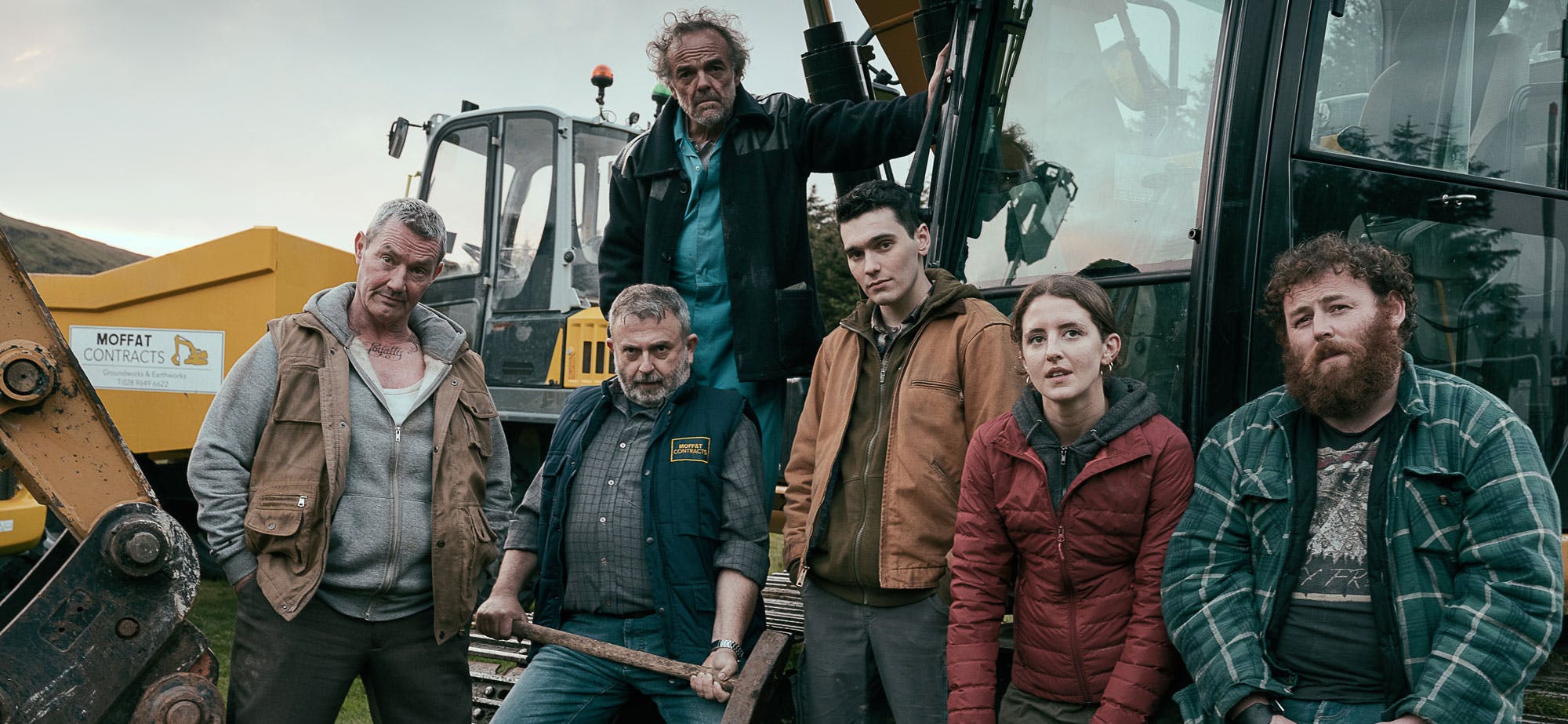
The Promising Future of Irish Horror
When Mike Flanagan was looking for up-and-coming filmmakers to direct episodes of The Haunting of Bly Manor, he turned his sights to Ireland. Ciaran Foy, known for his 2012 feature debut Citadel, directed the series’ second and third episodes. While Irish/Welsh director Liam Gavin, who’s 2016 film A Dark Song was named Vulture’s 46th best movie of the 2010s, manned the helm for Bly Manor’s fourth and fifth episodes.
Outside of the U.S., countries like Japan, France, and Korea are often recognized for their contributions to horror. But over the past decade, Ireland has slowly begun to make a name for itself in the genre with a wave of films that have drawn critical acclaim and international recognition. Along with Citadel and A Dark Song, films like The Canal, The Hallow, The Hole in the Ground, and, most recently, Neasa Hardiman’s creature feature Sea Fever, are all standout works that have come from the Emerald Isle.
As an old country steeped in folklore and paganism, Ireland is a ripe market for horror stories. It’s the home of fairies, banshees, changelings, and Samhain — the origins of Halloween. “In U.S. horror, old can mean 19th century,” Foy tells me in an email. “But we have Neolithic tombs in Ireland. There are ghosts all around. There’s a melancholy about the landscape, too. It’s evident in Irish literature and poetry, a beauty and a sadness.”
Gavin, who shot A Dark Song just outside of Dublin, describes Ireland as a “thin place,” a mystical area where our world connects with others, making it an ideal setting for the supernatural. “It’s out there on the far edge of the world, Ireland. Especially when you get out to Limerick and places. It feels like the edge of the world, sort of miles from anywhere. It’s full of mist and history,” he says.

But while there may be subject matter and settings perfectly suited to horror, according to project manager Lesley McKimm, prior to 2010 Screen Ireland (the country’s film development agency) was only developing about one horror film per year. This changed in 2012 when Screen Ireland hired one of McKimm’s predecessors, Rory Gilmartin, a producer with a background in horror. Along with this, McKimm believes that a global shift in the horror market over the past 10 years, along with Screen Ireland becoming more open to a wider range of genre films, laid the groundwork for the current Irish horror movement.
“I definitely think there was a shift, in terms of a good era over the last 10 years of really high-quality horrors that crossed over into the mainstream,” she says. “So I think all of these factors kind of combined and meant that we were getting an increasing number of applications from producers and production companies [to fund horror films]. And from our point of view, we were just open to that.”
Though there’s a growing library to study, it’s tough to pinpoint common traits or themes unique to Irish horror. The Hallow and The Hole in the Ground are both based on Irish legends of fairies and changelings. In an article for Polygon, Andy Crump notes that, along with The Hallow and The Hole in the Ground, The Canal, 2018’s Don’t Leave Home, and the 2009 Aidan Gillen-led Wake Wood all feature parents attempting to protect or find their children. This theme certainly extends to Citadel and, to some extent, A Dark Song, which focuses on a mother’s grief after failing to protect her child. Though it’s tough to say if this is a fear unique to Irish works or just a general fear for any parent.

“I wouldn’t say there’s one thing that unifies [Irish horror],” says Foy. “Many involve children, or parents [and their] kids, but then so does a lot of horror from elsewhere in the world.
“I guess maybe you could say the majority are dark and brooding … which is interesting given that Irish people in general are very jovial and sardonic.”
While Foy may be right at the moment about the brooding nature of Irish horror, McKimm says that is changing, as Screen Ireland is developing several horror-comedy projects. Some of these have already borne fruit — the Will Forte-led Extra Ordinary may have been the funniest film of 2019. Along with this, vampire-comedy Boys from County Hell will be coming to Shudder in 2021.
If you’re not familiar yet with Irish horror, more will be coming. McKimm notes that both Brendan Muldowney and Lee Cronin (who’s also been tapped to direct the next instalment in the Evil Dead universe) have new projects underway. Meanwhile, Screen Ireland has started an initiative to help support female writers and directors in developing low budget feature films.
“Maybe it’s a bit of a cliche, but I do think we’re good storytellers in Ireland and that can be a storyteller as an actor, a storyteller as writer, director, or producer,” McKimm says. “Independent filmmaking I think is really, really difficult, but at the same time, I think there are good supports here.”
Robert Mackenzie is a Canadian journalist, Irish horror enthusiast and Lola Stone stan who’s written for the Toronto Star, Maclean’s and Motherboard, among other publications. Check out his work on his website and feel free to get in touch.
